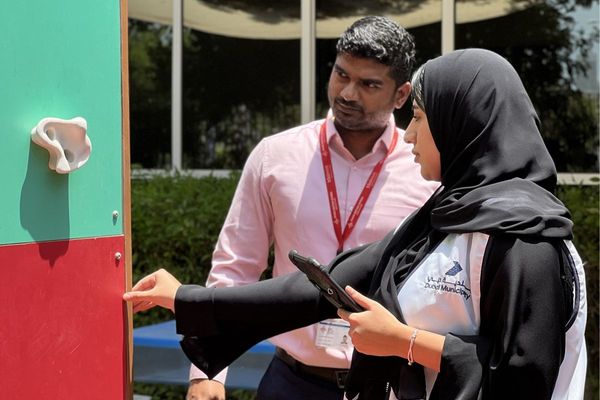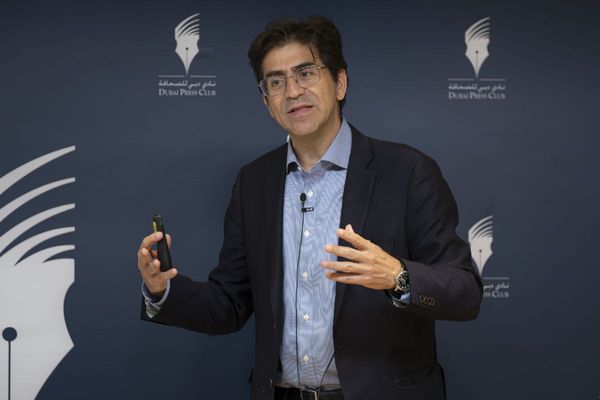India landed a spacecraft near the moon's south pole on Wednesday, becoming the fourth country to touch down on the lunar surface.
Experts say the landing goes a long way in demonstrating the country's technical prowess in space technology and its ability to carry out experiments on the lunar surface.
A lander with a rover inside touched down on the lunar surface, sparking cheers and applause among the space scientists watching in the southern Indian city of Bengaluru. After a failed attempt nearly four years ago, India made history by becoming the first country to touch down near the little-explored South Pole region and the fourth nation to achieve a moon landing.
"This is a victory cry of a new India,"
said Prime Minister Narendra Modi, who was seen waving the Indian flag as he watched the landing from South Africa, where he is attending the BRICS summit.
Some Indian experts said the success of the moon mission is validation that the Indian Space Research Organisation, or ISRO, is a credible space agency.
"The challenges for Vikram the lander and Pragyan the rover were enormous. The South Pole's rugged terrain, riddled with massive craters, is challenging to land. And that was compounded by challenging dark lighting conditions during descent, even with advanced sensors,"
Shantanu Bhowmik, adjunct professor at the Center for Future Materials at the University of Southern Queensland who works closely with the ISRO, said.
He told China Daily that the success of Chandrayaan-3 will help India make huge strides in areas such as the early prediction of earthquakes.
Scientists said the mission's success will provide India with a rare opportunity to search for water and minerals, and also to explore minerals such as magnesium and helium.
"But extraction is a challenge. One has to study how economical it would be to store and bring back (the minerals),"
Sandip Chakrabarti, director at the Indian Centre for Space Physics, said.
Rajeswari Pillai Rajagopalan, director of the Centre for Security, Strategy & Technology in New Delhi, said that not only will Chandrayaan-3's success open up a new frontier in space travel, but it will also greatly enhance India's stature, standing and image globally.
"As an Indian, words cannot express the immense pride and emotion that wells up within me when I think about India's incredible space voyage,"
Siddhartha Das, a Dubai-based senior banker, told China Daily.
India's Chandrayaan-3, or moon mission 3, was launched on July 14. The lander module separated from the spacecraft on August 17.
News Source: China Daily









